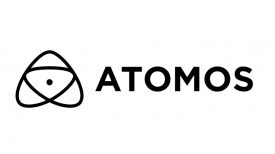It’s 10pm at night, and we’ve just finished shooting a cooking scene and then wolfed down dinner. It’s funny how when you reach a certain level of hunger everything tastes fantastic! And when you’ve been filming since sunup you’re pretty hungry by the end of the day.
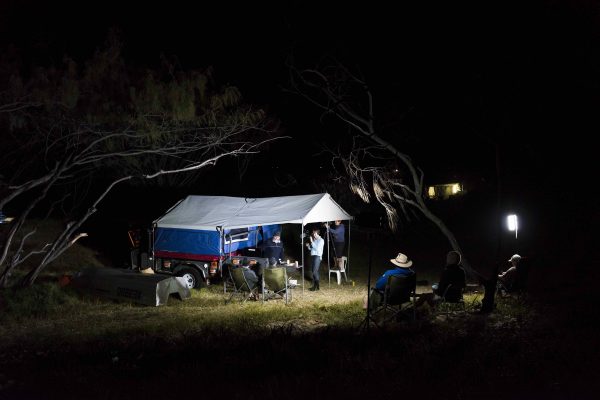
I’ve opened up the back of the LandCruiser (aka my bush office/ charging station) complete with 2000W inverter and drawers so I can finally start offloading footage and charge up the batteries. I’ll often have things on charge during the day as well, but leaping over sand dunes dislodges batteries from their charging docks. Mini occy straps can be a great solution, but then bouncing through rocky creek beds can change all that!
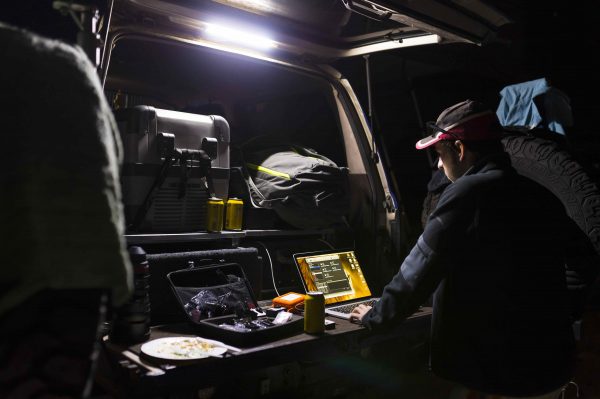
With this line of work you have to wear many hats. Having an understanding of all the aspects of the filmmaking process can help you out so much. Being able to take on tasks as diverse as directing, filming, lighting, sound recording, aerial filming, offloading, transcoding and setting up your edits are all vital skills when it’s not possible to travel with a large crew. More crew means more vehicles, more gear, more space and sometimes budgets don’t allow this.
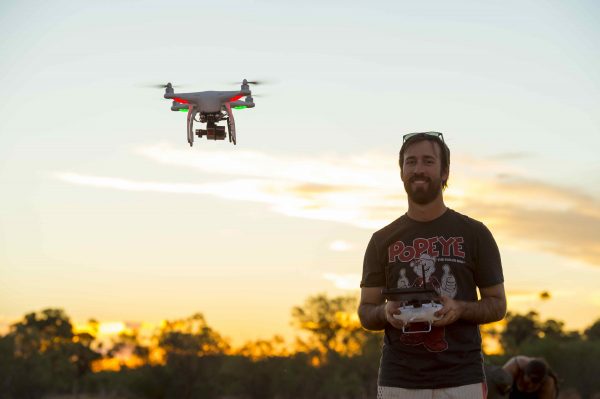
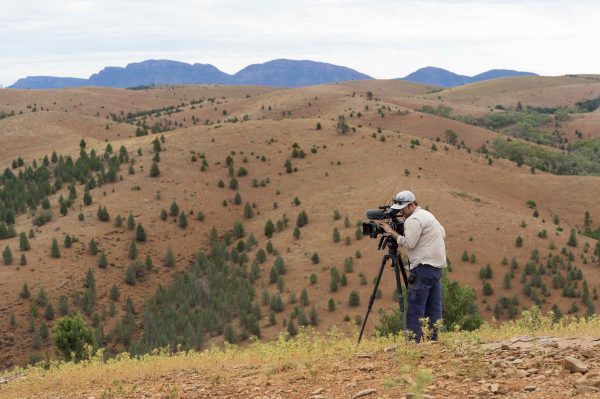
Our crew consists of a producer/Cam B, myself as Cam A and sometimes an assistant who helps with lugging the gear up hills and across rivers etc. There is also a photographer along shooting for an online magazine. The talent end up becoming very good at setting up their own lapel mics, and assisting with GoPros. We all work as a team to get the job done.
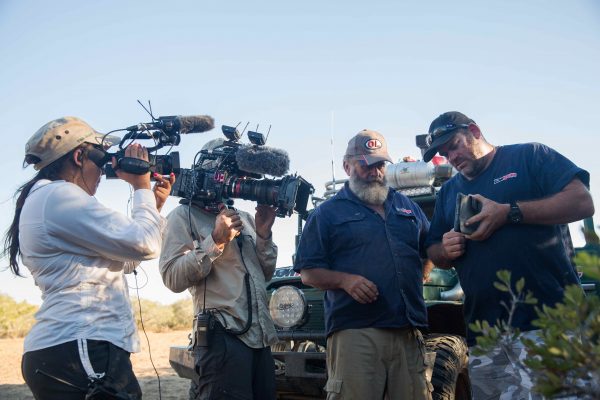
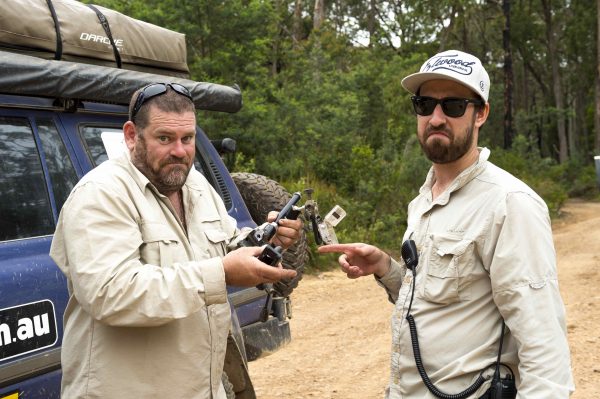
I’m in charge of offloading all of the day’s vision. A typical gear list with these 4WD adventures involves a Sony F55, Sony X70, 4-6 GoPros, DJI Phantom drone and usually timelapse footage shot on SLRs courtesy of our stills photographer. As you can imagine, the offloading process takes a while. With this amount of footage being juggled around I turn to my ‘friend in the field’ ShotPut Pro. ShotPut Pro allows me to backup the days footage to multiple drives at a time and for peace of mind it allows checksum verification so you know theres been no errors in the transferring of the footage. Due to the remote locations of these shoots its not possible to reshoot so the peace of mind from knowing the footage is safe is very welcome.
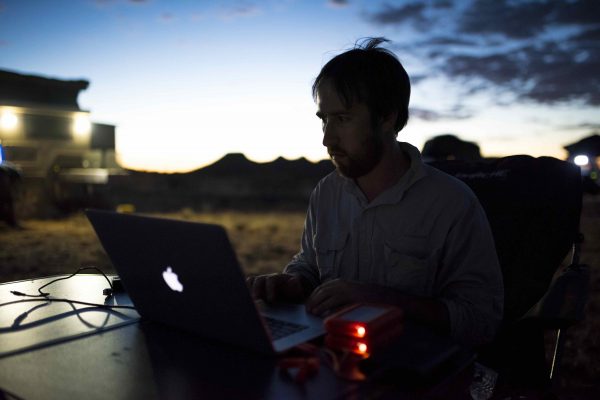
With these particular jobs I always tend to shoot 4K S-Log footage due to the unique areas that we visit. I love walking away from a job knowing that I’ve captured it in the highest quality ‘negative’ that I could with the available gear I have. 4K is very manageable these days (especially with XAVC). It also opens up lots of different framing and stabilisation options later in post. With these 4K S-Log files I try utilise the nights out in the field to batch transcode using Sony’s Catalyst software. Catalyst is great because as long as all the footage is the same format (i.e. all 4K S-Log) then you can select all those clips, apply a LUT and burn it in to create ProRes proxies. No need to go into each individual clip and adjust settings.
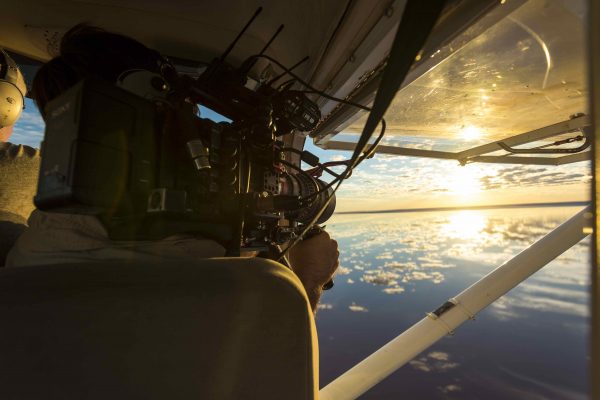
One of the challenges of shooting out in the elements is maintaining gear. Australia is such a diverse land. We have deserts, snow, tropics and each one of these environments brings its own challenges. If any of your gear breaks out there its a pain in the butt. You either have to know how to fix it yourself or be prepared for a long expensive wait while you try and work out how to get another camera. Last year my F55’s fan stopped working 100km out of Alice Springs during 45 degree plus heat (which is the last place you want the fan to stop working!). Fortunately I was able to get in contact with my dealer in Sydney on the satellite phone, who then got me in contact with a Sony engineer, who then talked me through the process of pulling the F55 apart and removing a blade of grass that had got sucked into the air vent and stopped it from spinning! This is also why its very important to carry a backup camera on these types of trips. The PXW-X70 has come in very handy from time to time. In fact my partner Mel who is the producer on these trips often picks it up for a second angle of a scene.
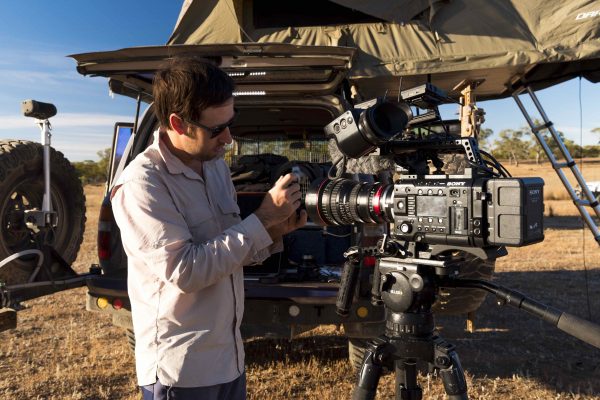
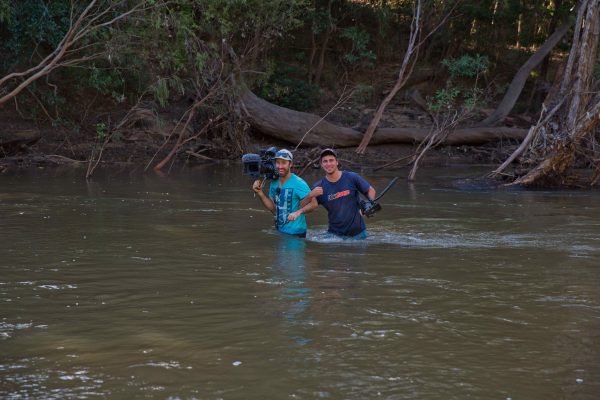
We usually spend two or three weeks on the road filming and then it’s back to the office and straight into the edit. All the footage from the trip is transferred off the Rugged drives and onto the RAIDs and the edit begins. We use FCPX. An average edit of 45-50min will take about three working weeks to edit. Once we have vision lock the sound is exported and sent off for a mix and I export an XML for DaVinci Resolve where I relink to the original 4K media. After the grade and sound mix is finished a final file is exported from Compressor. Depending on the project it is then either authored for BluRay/DVD, supplied for digital downloads or supplied to TV networks.
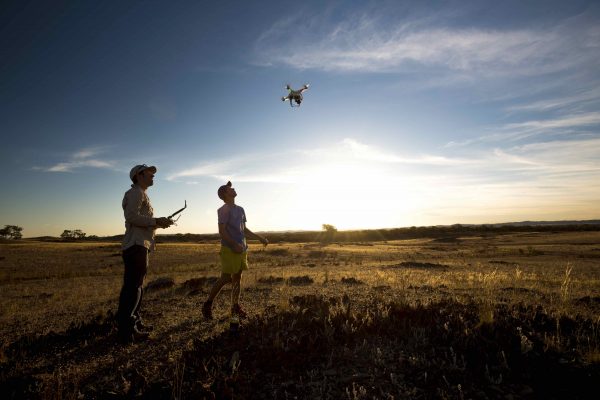
Gavin and his partner Melanie own a Sydney based production company called Venture Films. For more details visit their site at venturefilms.com.au. You can also follow Gavin on social media to see his latest trips.
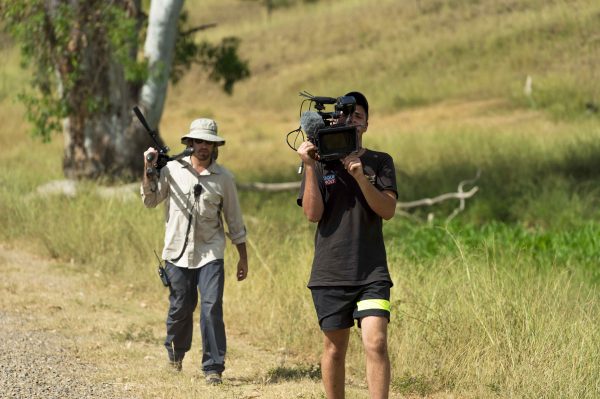
Facebook: Venture Films
Twitter: @RawlingsGavin
Instagram: gavinrawlings_venturefilms
All photos by Anthony Warry and Robb Cox



